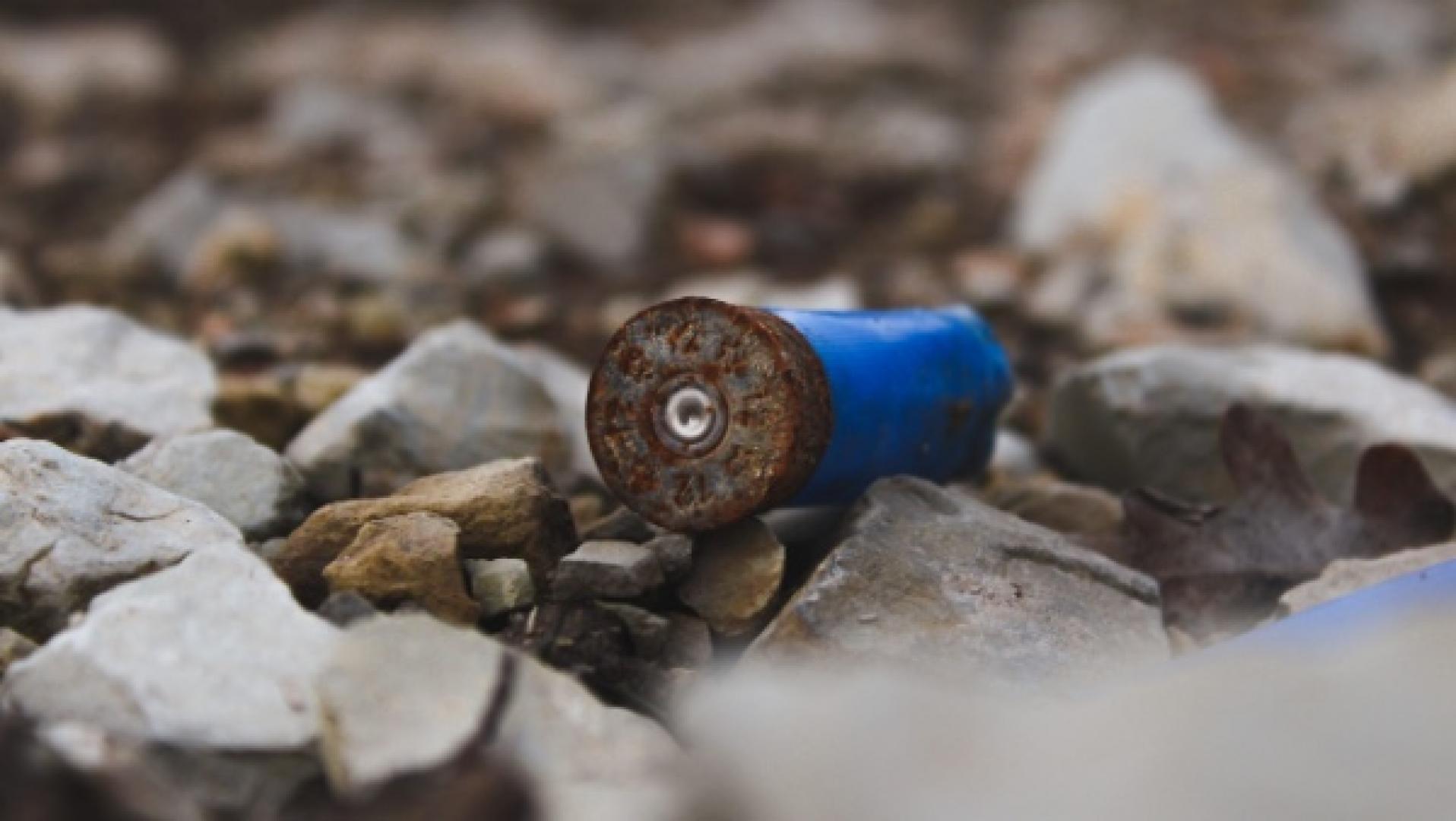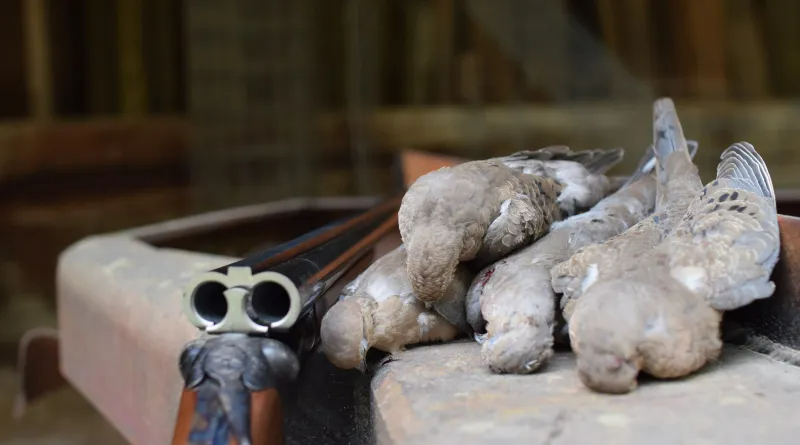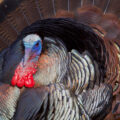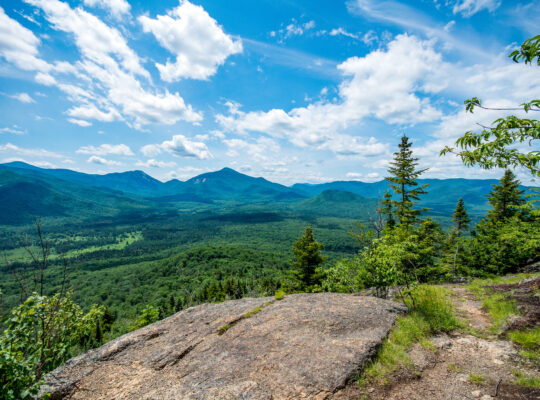My barn sits nicely between mature trees, and their overhanging limbs provide good cover on either side for sneaking out for a hunt unnoticed. On the left is an overgrown drainage loved dearly by the quail covey. On the right is the toe of a steep slope and a tree line of locust where the doves perch as they swoop in and out of the food plot. Slipping in beneath the locust sent a hoard of doves sailing up and over the hill. In their absence, I settled on the corner of the barn and waited for the birds to return.
Moments later, a flight circled in from the wheatfield, approaching low and close, thanks to the poor visibility. Steadying my 20-gauge double just ahead of a dove, it tumbled with the powder burn, sending birds circling in chaotic confusion. Swinging through on a crossing bird deposited my second into the bunchgrasses.

Quickly reloading, I could hear the faint chirping of a dove in flight approaching over my right shoulder. I’ve never been good at the steeply angled or straight-away shots, and true to my weakness, I shot behind as the bird sailed past. Within 30 minutes, four doves met the bag and the majority of the flock sought the safety of the adjacent field, but the evening brought more of the same, as did the rest of that week. Was it the smoke or just a good dove year? Maybe both.
How Wildfires and Smoke Can Affect Doves
My curiosity on the effects of wildfires on migratory birds got the better of me and I began scouring the internet for scientific literature, only to find there is virtually nothing available on the subject. Studies on captive birds suggest smoke inhalation affects them similarly to humans, causing lung damage and pneumonia.
A plausible explanation for the hundreds of thousands of songbirds found dead in the southwest U.S. and Mexico in September 2020. If migrating songbirds suffered lung damage and other illness from the western wildfires, they may have succumbed to compromised health later along their migration route.
Biologists suggest that heavy smoke may cause birds to change their migration patterns and use more body fat than typically required for migration. Additionally, it can affect food sources such as insects as well as feeding behavior, all leading to additional stress on migrating birds. That said, it could be that my homestead was a hotspot for food, water, and shelter, enticing an unusually large volume of mourning doves, as birds can meet all of their needs here with little effort.
Mourning Dove Stats
Across the U.S., 2020 appeared to be a good dove season. The U.S. Fish and Wildlife Service estimated 194 million mourning doves in the U.S. as of September 1st, up 11 million from 2019. Hunters harvested about 4.65 million birds by 293,800 hunters in the eastern U.S., 5.89 million birds by 368,200 hunters in the central U.S., and 1.19 million birds by 86,800 hunters in the western U.S. That equates to a total of 15.8, 15.99, and 13.71 birds per hunter across the eastern, central, and western U.S., respectively.
Estimates from the Harvest Information Program (HIP) identified noticeable increases in hunter and bird harvest and nearly double the hunter days afield in the eastern and central U.S., and a slight increase in the western U.S. from 2019.
Wildfires may not have greatly affected populations elsewhere in the western U.S., but my HIP report certainly points to a positive exception in dove season success. An unexpected and pleasant consolation for sparing the greater sage grouse for another season.









